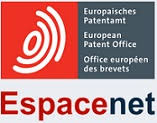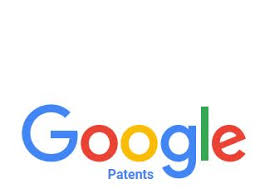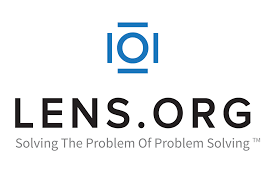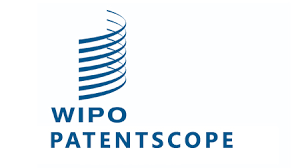
Espacenet
Espacenet is the European Patent Office’s (EPO) database. It is a worldwide database including full text published patent documents from 80+ countries. Patent documents from all major patent offices are covered.
Espacenet enables advanced searching using a combination of keywords, classification codes, inventor name etc.
The pocket guide contains detailed information on how to search Espacenet. This guide and other EPO Patent information tools
can be accessed through the database e-learning centre.

Google Patents
Google Patents is Google’s search engine for patents. It offers an easy-to-use option for a quick, broad search of the patenting literature.
Full-text searching in the collections of all main patent offices is enabled. Moreover, Google Patents includes all sources in Google Scholar and Google Books automatically indexed on classification code (CPC). This makes Google Patents particularly useful for prior-art searches.
More information on how to use Google Patents can be found on the page About Google Patents.

The Lens
The Lens is a patent search system aiming to provide an integrated, worldwide, open resource for patent and non-patent literature. The Lens has a special focus on biological patent information and includes a dedicated search feature for genetic sequences.
The collections of all the major patent offices (US, EPO, WIPO, Australia) are largely covered by the Lens. Moreover, for impact analysis, non-patent literature (e.g. through inclusion of PubMed) is also covered. Unique for the Lens is its patent family visualisation features, linking of inventors with their ORCHID and LinkedIn profiles, and patent statistics visualisation features.
Video tutorials and further information on how to use the Lens can be found on the page Help Resources.
.

Patentscope
Patentscope is the World Intellectual Property Offices (WIPO) database. It contains all published patent applications filed under the Patent Cooperation Treaty (PCT) and patent documents for all national and regional patent offices participating in the PCT (including all major offices). For detailed database coverage information see NATIONAL COLLECTIONS – DATA COVERAGE
Patentscope enables advanced searching using a combination of keywords, classification codes, inventor name, etc. Recently, the option to search for chemical structures was added (you need to set up a free account to use this).
Extensive information on how to use Patentscope can be found on the HELP page. This includes a user guide and links to several short tutorials. For more in depth training, there are also regular webinars.

SureChEMBL
SureChEMBL is an open science chemistry patent database maintained by the European Molecular Biology Laboratory (EMBL). In addition to the standard search options available in the other databases listed here, it allows for searching on chemical structure (either using the integrated structure editor or by importing a structure file). The collections of all major patent offices (US, EPO, Japan, WIPO) and many smaller ones are covered.
For detailed information on how to use the SureChEMBL database go to Help & Support.
.

